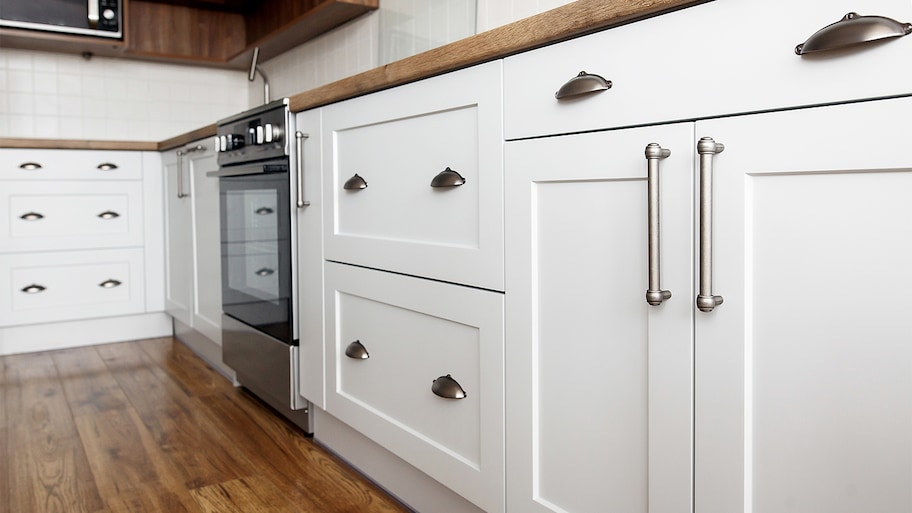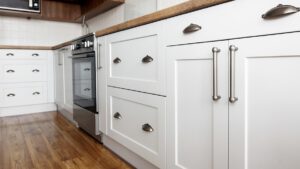Some problems may seem minor and can be put off for a bit; other issues are more urgent and need to be looked at straight away. Emergency plumbers can deal with these situations promptly and efficiently, saving you time and money in the long run.

Some common plumbing emergencies include water leaks, clogged drains, and sewage backup. Take the time to find a reputable emergency plumber near you and keep their number handy for when an emergency arises. Contact Plumber The Woodlands for professional help.
No hot water is a plumbing emergency because it impacts your daily routine and could leave you without clean clothes, showers, or dishes. This issue usually occurs due to a broken heating component, thermostat, or water heater, and an emergency plumber will be able to diagnose the problem quickly and offer a repair solution.
While you’re waiting for the emergency plumber to arrive, turn off the water in your home by flipping the switch at your main water valve. This will prevent further water damage and give the plumber a chance to assess the situation before they start working on it.
Some plumbing issues require urgent attention, like flooding, burst pipes, or sewage backup. These problems can cause significant damage in just a few hours, and they must be addressed immediately to avoid costly repairs or replacements. An emergency plumber will be able to tackle these kinds of issues right away and provide you with advice on how to keep them from happening again in the future.
You may be tempted to call the first 24-hour plumber you come across, but it’s important to take the time to vet them properly. Read online reviews, check their credentials, and make sure they’re licensed in your area before hiring them. It’s also a good idea to speak with multiple pros over the phone and compare their prices before choosing one.
As you search for a plumber, remember that the price quoted over the phone will not include the cost of any materials, so be sure to ask about these extra fees before making a decision. Also, be aware that most plumbers charge a service fee just to show up at your house, and this may be added to the final cost of the job. If you’re struggling to decide whether or not to hire an emergency plumber, contact Manwill for a free quote and find out more about our services. Our experienced team will be happy to answer any of your questions. We also offer 24/7 support, so you can always reach us when you need help.
Clogged Drains
A clogged drain may not seem like an emergency, but it can turn into one if left unattended. When water or sewage backs up into your home, it is an absolute must to call an emergency plumber immediately to fix the issue as soon as possible to prevent extensive damage and potentially dangerous conditions for you and your family.
There are several reasons why a drain might clog and some can be prevented by being vigilant about what goes down the drains in your home. For example, it is a good idea to never put food down the garbage disposal and only use natural products like baking soda and vinegar to clean your drains.
Another cause for clogged drains is the buildup of soap scum and other substances in the pipes. These can be cleaned by running hot water down the drains, but more serious blockages will require the services of a professional.
If you notice that your water is discolored, it is important to contact an emergency plumber right away. Discolored water is an indication that there is a major problem with your plumbing system that needs to be addressed as quickly as possible to prevent further issues and potential health hazards for you and your family.
When multiple drains in your home are clogged simultaneously, it is definitely a plumbing emergency that should be handled right away by a professional. This can indicate that there is a larger issue with your sewer line or septic tank that requires immediate attention.
A professional emergency plumber will be able to diagnose the problem and find the quickest and most effective solution. It is also a good idea to shut off your main water valve until the plumber arrives so that you don’t accidentally run any more water into the clogged pipe.
If you have a burst pipe, it is definitely an emergency that cannot be ignored. It is important to turn off your water supply until the plumber arrives and locates the source of the leak, so that you do not experience extensive flooding and costly damages.
Sewage Backup
If sewage is backing up into your home, it is a very serious emergency and requires immediate attention. Not only does sewage damage your home and possessions, but it puts your family at risk of severe illness. Bacteria from raw sewage can cause gastroenteritis, hepatitis A, salmonella, and other diseases.
Sewage can also lead to mold growth and aggravate allergies. The best thing to do is to evacuate the affected area immediately. Wear protective clothing like a facemask, eye protection, rubber gloves, and boots to avoid direct contact with sewage water. If possible, turn off the power to any electrical outlets in the area. If you cannot, shut off the main water valve for your home. Do not use tubs, sinks, or flush toilets until the sewage problem is fixed.
Most sewer backups occur because of a clogged pipe. If you have recently flushed a large amount of debris down the drains, such as diapers, feminine products, and grease, it can quickly block your pipes. If you think this might have happened, turn off your home’s water supply and do not use any of your tubs or sinks until an emergency plumber arrives.
In some cases, a backflow preventer may help reduce the chance of a sewer backup. These devices are installed in the home’s sewer line and look similar to a normal drain stopper. They have check and relief valves to stop wastewater backflow if the line is blocked or if there are blockages in other parts of your home’s plumbing system.
Another common reason for a sewage backup is that trees are growing around the sewer line. The roots can penetrate and crush the lines, causing a backup of sewage into your home. If you notice that there is sewage backing up in your basement, contact an emergency plumber right away. The plumber will determine the source of the issue and repair or replace the damaged section of your sewer line.
Broken Pipes
When pipes burst, it’s a serious issue that needs to be addressed immediately. The reason is that you will lose access to water in your home and it can be expensive to replace the pipes and the furnishings that were damaged by the resulting flood of water. In addition, if the problem goes on too long, it can lead to serious health issues for you and your family.
There are a few things that can cause pipes to burst, such as freezing weather, clogged pipes, and old age. However, there are also some things that can be done to prevent this from happening such as insulating the pipes in your home, making sure they are properly maintained, and shutting off the water supply valves.
If you suspect that one or more of your pipes is leaking, there are a few steps you should take before calling an emergency plumber. First, try to shut off the water valve on the pipe that’s leaking. This will help to reduce the amount of water that is leaking and it will buy you some time until an emergency plumber can arrive at your home.
Another thing you can do is place a bucket underneath the leak to catch the water. This will help to minimize the damage and it will give you an idea of how bad the problem is before you call an emergency plumber.
When it comes to toilets that are overflowing, there are some cases where this can wait until normal business hours. This may be due to a simple clog that can be fixed with a plunger or an auger, or it could be caused by a faulty float mechanism. Regardless, it’s important to turn off the water supply to the toilet before calling an emergency plumber as this will help to reduce the amount of damage caused by the overflowing water.
If you’re unsure whether something is an emergency, it’s always best to play it safe and call an emergency plumber. They can advise you of the best course of action to take and will provide a rapid response should you need them. Just make sure you check the credentials of any plumber you hire and don’t forget that the cost for an emergency visit will be higher than a standard service call.



